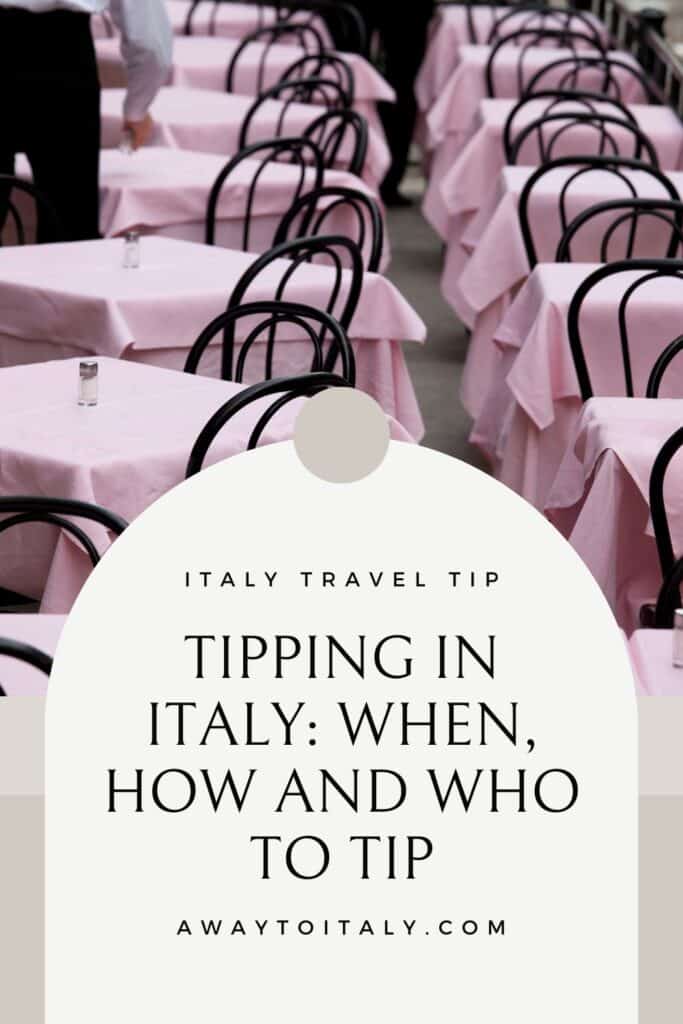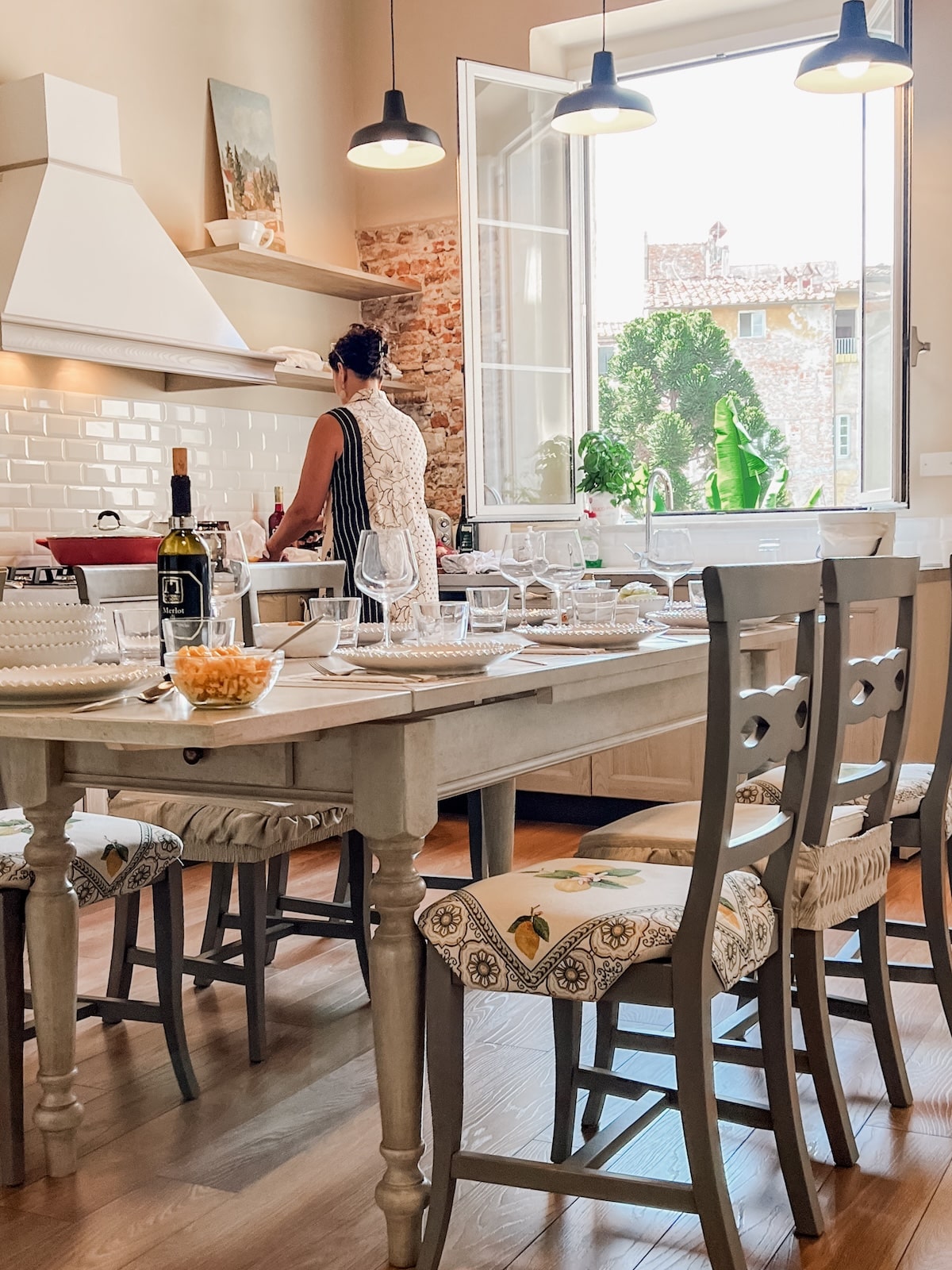
Do you tip in Italy? It’s not necessary, and not expected but certainly appreciated. The Italian word for a tip is una mancia, (pronounced oo-nah MAN-chah). Italy’s tipping culture is very different from the United States. Let’s look at the most common situations and learn how Italians tip.
Tipping At Restaurants In Italy

Wait staff in Italy are paid a higher living wage compared to other countries, so they don’t rely on tips for their income. However, if you feel the service is above and beyond you can certainly leave a tip.
How much should you tip at a restaurant?
Here are your options for how much to tip at a restaurant in Italy:
- Round up the bill to the nearest number
- Leave 1-2 euros per person
- Leave up to 10% of the bill as a tip. No need to leave the typical 20% standard in the US. It can be perceived as gratuitous.
- If the service isn’t good don’t leave a tip
How to leave a tip at a restaurant
You can use a credit card to pay your restaurant bill, but most restaurants in Italy won’t include a tip line on the receipt. Carry some small currency with you to tip out the server. And be sure to leave 1 or 2 Euro coins. Leaving your tip with a pile of small coins isn’t kind.
Feel free to leave the tip on the table. Directly handing the tip to the server is not usual, but at restaurants in crowded tourist areas near popular attractions, doing so can ensure it doesn’t go missing.
Your restaurant bill in Italy might include other charges
Coperto: There will be a line item on your bill called a coperto or pane e coperto. This is a cover charge and NOT a substitute for a tip. It’s a restaurant charge to cover bread and table settings. The servers don’t get this.
Servizio: Servizio translates to “service” (or service charge) and, unlike the coperto, it’s a pre-determined percentage (usually 10-15%) of the bill added to cover staff costs. Some restaurants automatically add a servizio charge for large parties, typically 8 or more people. If you are charged a servizio you won’t have to leave a tip.
How to get your restaurant bill
The server will not bring your bill to the table unless you ask. In Italy, dining is seen as a social experience. People enjoy lingering over their meal, chatting with friends and family. Bringing the bill prematurely can feel like the server is rushing you out.
When you’re ready to ask for your bill in an Italian restaurant, the phrase to use is, “Il conto, per favore,” (eel KOHN-toh, pehr fah-VOH-reh) which translates to “The bill, please.”
If you want to be even more polite, you might say, “Potrei avere il conto, per favore?” (po-TREY ah-VEH-reh eel KOHN-toh, pehr fah-VOH-reh) meaning “Could I have the bill, please?”
Making eye contact with your server and offering a polite smile is also a respectful way of asking for the bill.
Tipping At Bars And Cafes In Italy
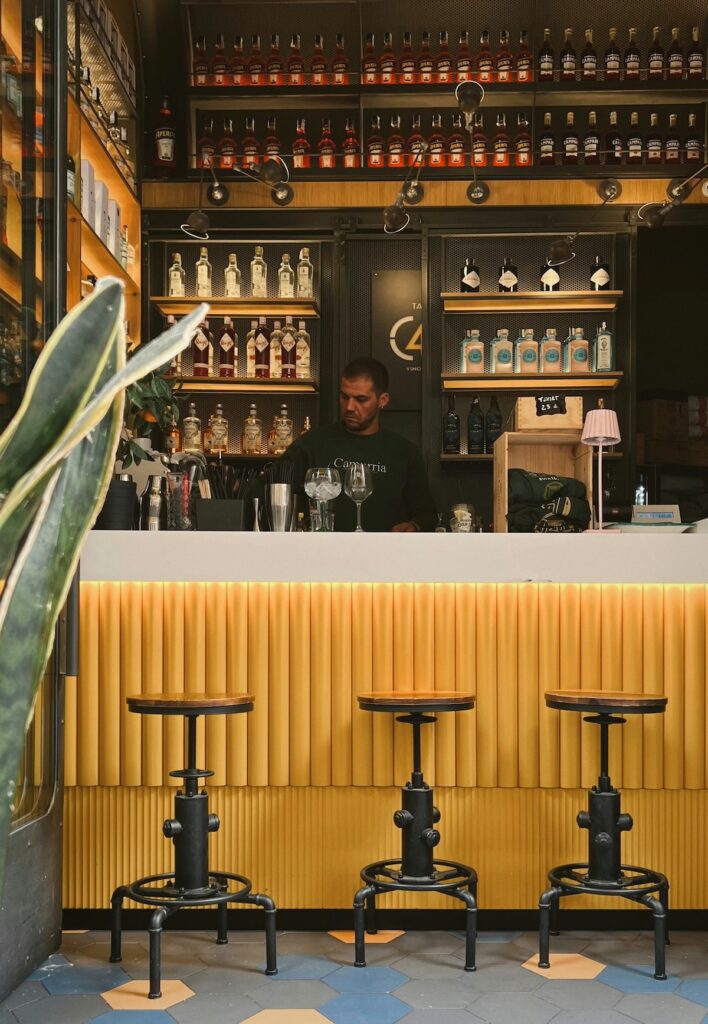
At a bar or cafe, it’s not common to tip. If you order at the counter and stand while eating or drinking, there’s no need to leave a tip. However, if you sit at a table and have table service, some people round up their bill or leave 1 euro as a small gesture of appreciation.
Tipping Hotel Staff In Italy

Housekeeping
- It’s customary to leave a small tip for the housekeeping staff, around €1-€2 per night.
- You can leave the tip on your nightstand with a note saying “grazie” (thank you) or place it in an envelope marked “per la cameriera” (for the maid).
Concierge
- If the concierge goes above and beyond to assist you with reservations, directions, or other services, a tip of €5-€10 is appropriate.
- This amount can increase depending on the complexity or value of the service provided.
Bellhops/Porters
- For staff helping with your luggage, a tip of €1-€2 per bag is standard.
Doorman
- If the doorman hails you a cab or helps with other tasks, a €1 tip is appreciated.
Room Service
- Tipping for room service isn’t mandatory, but a small token of appreciation is nice.
- You can round up the bill to the nearest euro or leave a few euros extra.
Tipping Taxi Drivers In Italy
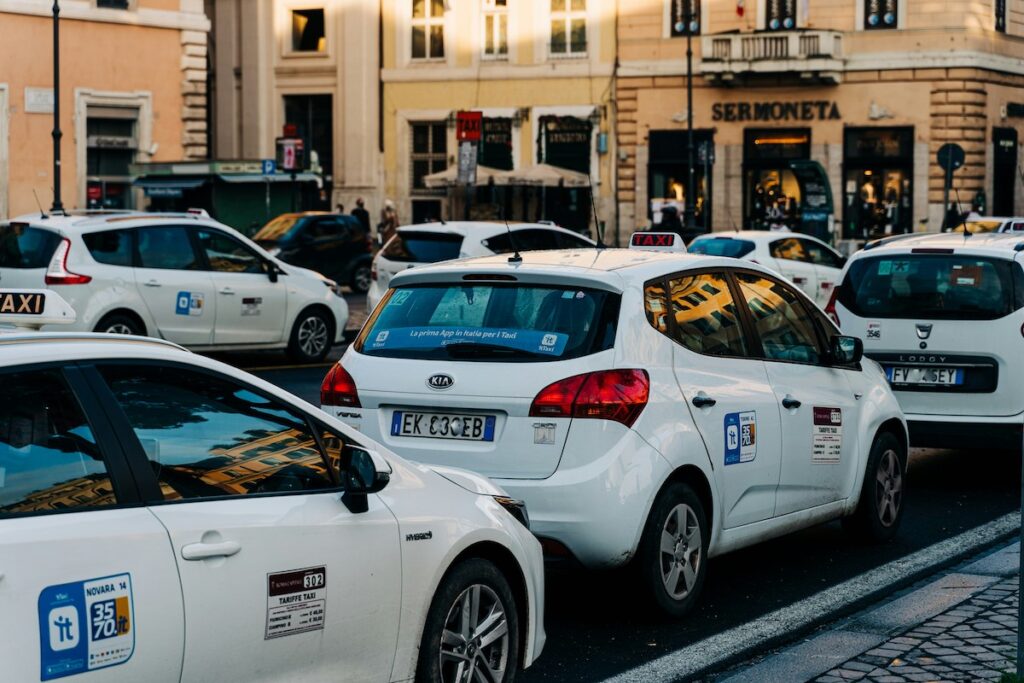
The choice to tip taxi drivers in Italy is also optional. Their fares are regulated, so there’s no need to feel obligated.
- If you had a pleasant ride, felt the driver went above and beyond (helping with luggage, offering local recommendations), or simply want to show appreciation, a small tip is always welcome.
- Simply round up the fare to the nearest euro or a few euros higher.
Tipping Tour Guides in Italy
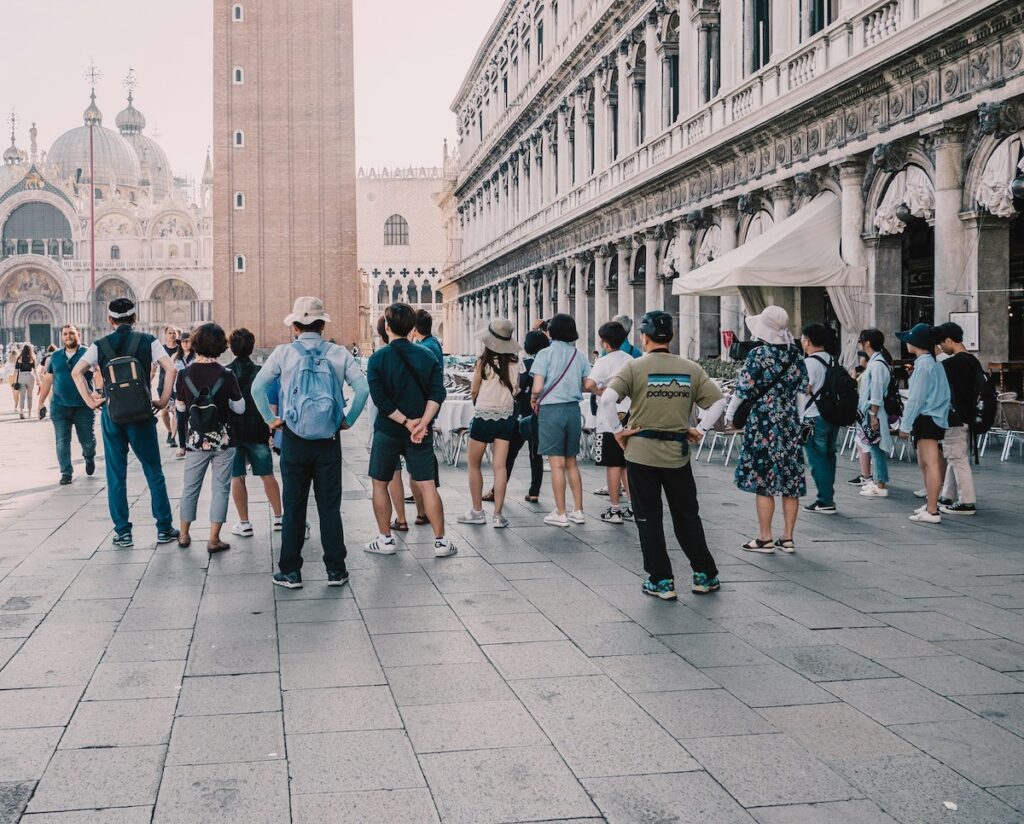
You should tip your tour guide in Italy. It’s one of the few exceptions to the general “no-tipping” culture in the country. Their income often relies heavily on gratuities.
The amount you tip depends on a few factors:
- Length of Tour: Half-day tours typically warrant a smaller tip than full-day tours.
- Group Size: Smaller, personalized tours might receive a higher tip per person than large group tours.
- Quality of Service: Did your guide provide insightful information, keep you engaged, and go the extra mile? A higher tip reflects a job well done.
Here’s a general guideline:
- Half-day Tour: €5-€10 per person
- Full-day Tour: €10-€15 per person
For exceptional service or small, personalized tours, consider tipping more.
Tipping For Spa And Hair Services In Italy

Tipping for spa, massage or hair services in Italy is not expected, but it’s always appreciated. Here are some guidelines for tipping in these situations:
Spas and Massage Services
- In most cases, a tip of 10-15% is acceptable, especially if you were pleased with the service.
- You can also round up to the nearest euro as a tip.
Hair Services
- Tipping 10% is standard for hair services in Italy.
- Some salons may already include a service charge in the bill, so be sure to check before tipping.
- You can also round up to the nearest euro as a tip if you were satisfied with your service.
In Italy, tipping is not required but it’s a nice way to show appreciation for good service. Remember that cash tips are preferred. For more advice on the restaurant experience in Italy, see the other guides in the links below.
FURTHER READING:
• 7 Ways To Avoid Tourist Trap Restaurants In Italy
• The Coperto in Italy (and How to Understand Your Restaurant Bill)
• What’s The Difference Between a Trattoria, Osteria, Enoteca and Ristorante?
• Planning A Trip to Italy: The Ultimate Guide
Pin To Your Travel Planning Board
